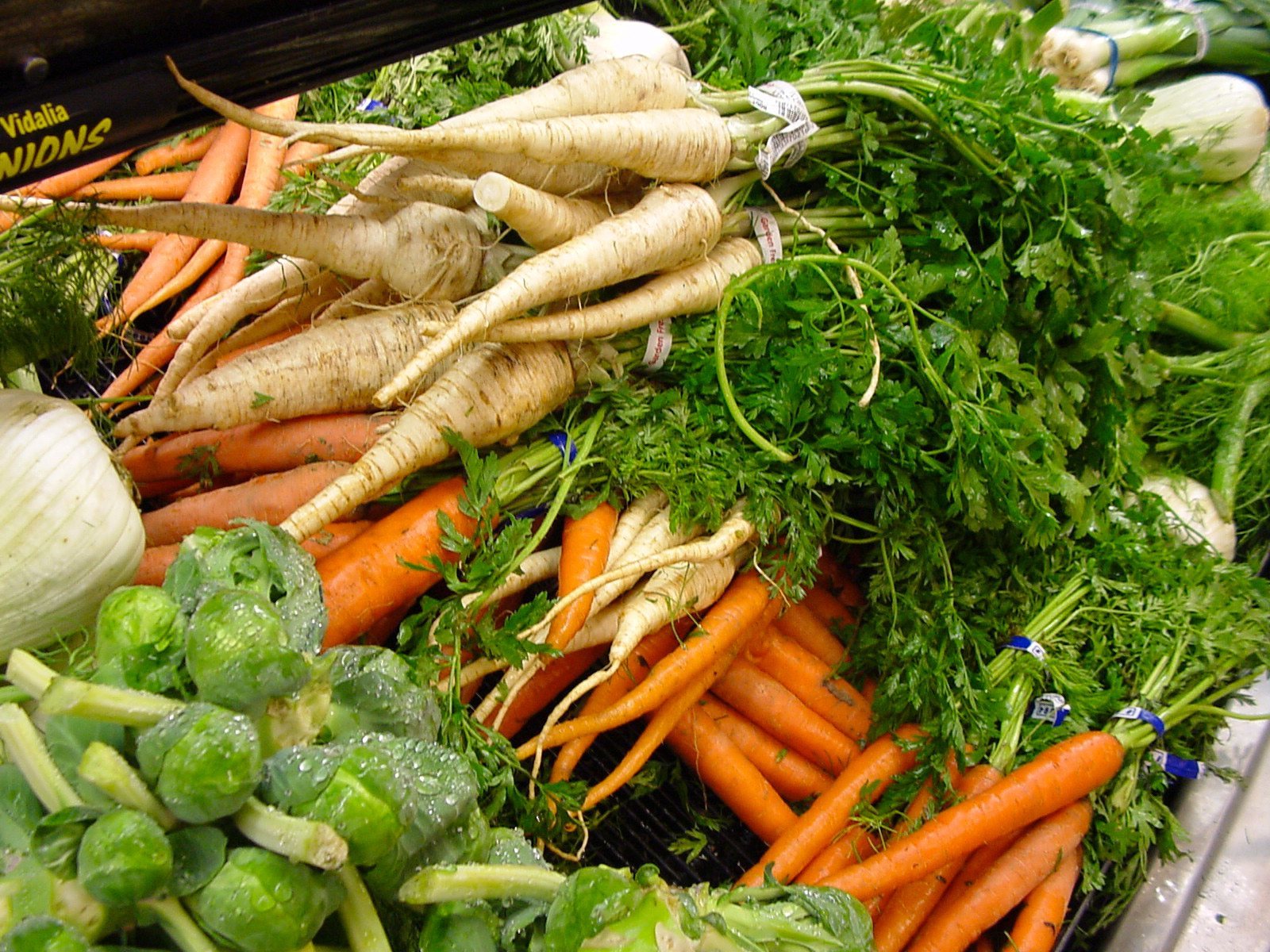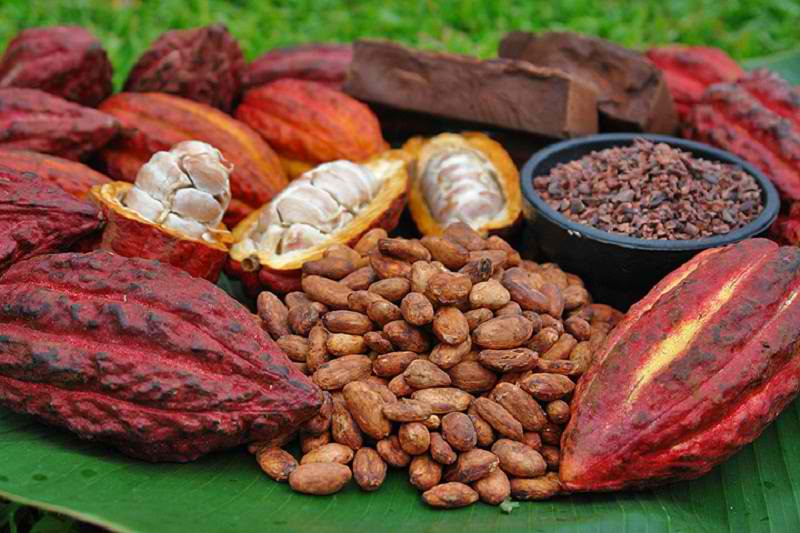Roots of Energy

Development of root crops became an important aspect because they have a significant part in the cropping system and as they grown well they provide higher gross margins than cereals and legumes. They meet local food preference providing an important part of diet as they produce more edible energy. They also play an important role in food security, nutrition and climate change adaptation.
Root crops are the second most important source of carbohydrates. They are generally native to tropics. Propagated from tubers or cut pieces of tubers with developed buds, seeds and cuttings. Suggesting that the source is certified organic, non-GMO, chemical-free and heirloom. Why?
These crops are particularly susceptible in absorbing chemicals from soil. According to an article, Behavior of Pesticides in Plants, “Roots are principal absorbing organs for soil-applied pesticides. Water soluble pesticides are readily absorbed by roots and may be transported to other parts of the plant.” Some studies found potatoes and carrots often contain more pesticide residue than other conventional grown vegetables. Sounds yummy, isn’t it? So we should all practice to grow not only root crops but other vegetables in organic way.
General tip for all kind of root crops is that the soil needs to be loose enough for them to send down roots. Few of the commonly grown root crops include: tubers (yam and sweet potatoes), rhizomes (ginger and turmeric), bulbs (onion and garlic) and roots (beetroot, carrots and radish).
Cassava and camote (sweet potato) are some of the root crops grown in Center for Bayanihan Economics which they developed into agro-processed products (cassava and camote chips). Transfer of technology are being done with their partner-farmers to increase farmers’ income.


